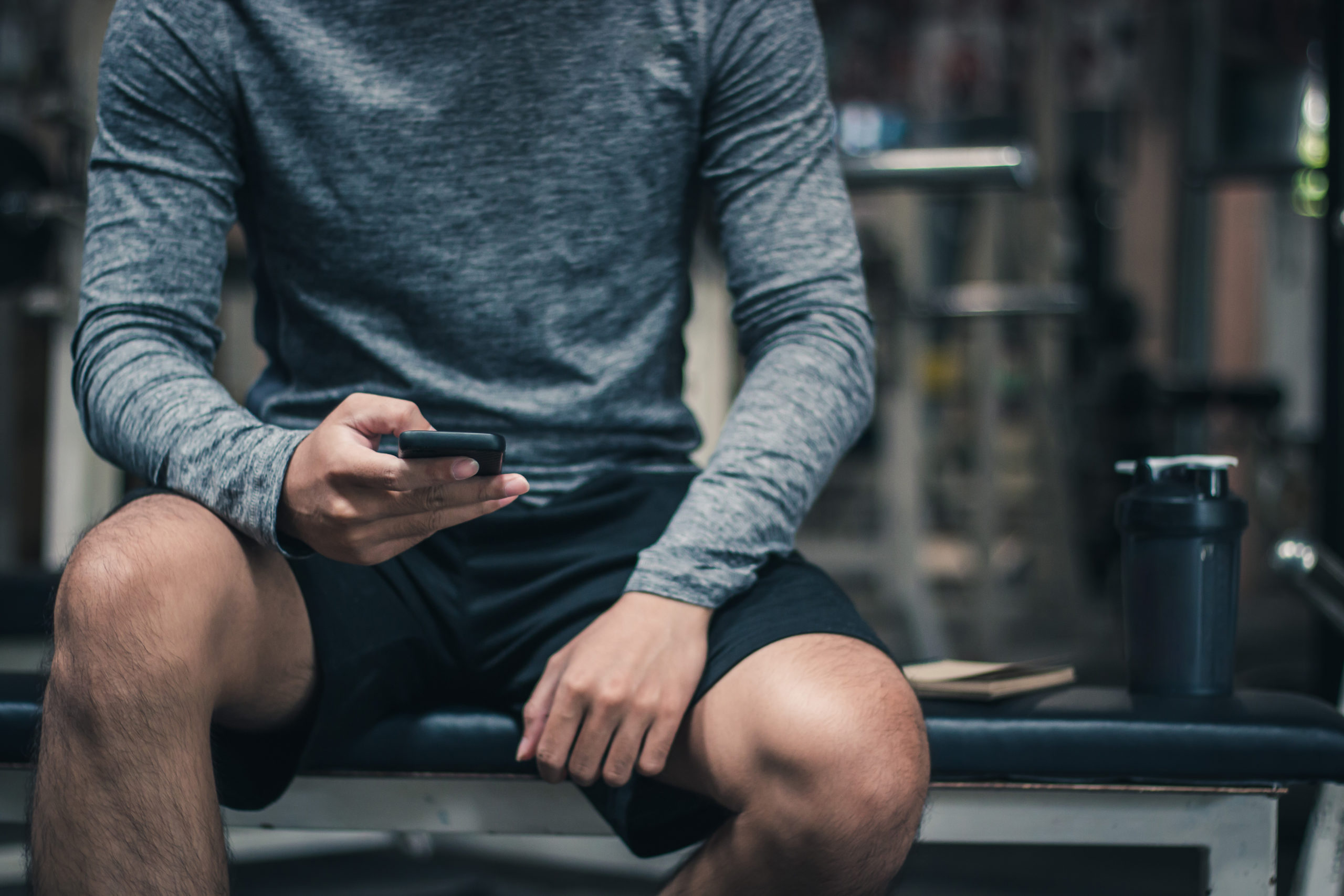
Prioritise simplicity and accessibility when measuring your body composition. Maintaining a healthy balance of skeletal muscle mass to fat mass and controlling visceral fat is a task that will be with you for life. How you measure and track these things over time should be sustainable, accurate, and allow you to see where you have come from as well as visualise the future.
In this post, we’ll summarise ways body composition can be measured – from old school to the latest in medical science.
Field Methods
Skinfold Measurement
A pair of skinfold callipers is applied to four locations on the body: biceps, triceps, under the lowest point of the shoulder blade and above the upper bone of the hip1. The thickness of the skinfolds is used to calculate the total amount of body fat.
Skinfold measurement is a quick, easy and inexpensive assessment for a trained health professional do to. However, the calculation used assumes a number of factors are the same for every individual2, when in reality they can be influenced by age, gender, genetics, your state of hydration and if you suffer from an illness that affects muscle density.
Waist Circumference
A measuring tape is wrapped around the body, just above the hip bones3. In adults, a waist circumference measurement greater than 80 centimetres in women and 94 centimetres for men indicates a greater risk of chronic illness4. There are caveats depending on your race and health condition, so it is important you speak to your GP if you have concerns about this.
Using a tape measure is probably the most accessible way to track the shape of your body over time. However, it doesn’t tell you what is going on internally.
Body Mass Index (BMI)
Your weight in kilograms is divided by your height in metres squared. A BMI over 30 is considered to indicate obesity, while a measurement of 19 shows a risk of malnutrition5.
BMI is considered a useful indicator of health as it does usually indicate if an individual is at risk of excess weight related health problems. However, it does give very generalised results so it should not be relied on solely as measure of health.
Bioelectrical Impedance
A bioelectrical impedance machine (sometimes called a scale) sends a gentle electrical current through your body via your hands and feet. The sensor measures the level of resistance it encounters, allowing the assessment of your hydration, skeletal muscle mass, fat mass and distribution, bone mass, and basal metabolic rate. Importantly, the scales allow the assessment of visceral fat, which is considered a leading contributor towards chronic health problems6.
Studies have found that bioelectrical impedance scales give more accurate body composition measurements than traditional field methods7. These machines are increasingly common and easy to use. Although probably out of the average person’s price range, many gyms have one available to use for a fee to their members.
Single Frequency Bioelectrical Impedance
Scales use a 100 kilohertz current to scan the body. Although accurate, a single frequency machine does not have the same capacity as one that uses multiple frequencies.
Multi Frequency Bioelectrical Impedance
Used by our Accuniq BC380, currents ranging from 5 to 500 kilohertz are sent through your body. Owing to the varied impedance offered by both your body composition and the strength of the currents, Multi Frequency Bioelectrical Impedance has been shown in studies8 9to give the most accurate readings currently available to the average person.
Multi Component Models
‘Multi Component’ refers to methods of assessing body composition in greater detail than ‘fat mass’ and ‘fat free mass’10, which is how the methods above derive their conclusions. Although highly accurate, multi component models usually involve complex calculations and equipment that are usually only available for medical practitioners and their patients.
Dual Energy X Ray Absorptiometry (DXA)
Generally used to measure bone density for osteoporosis patients11, in DXA low energy X-rays at two different frequencies scan the body and display a total image of all body structures12.
Isotope Dilution (Hydrometry)
Also known as total body water, this is a common method for assessing body composition at the molecular level1314. Hydrometry requires individuals to drink water spiked with isotopes and after three to four hours, give body fluid samples. These are analysed for isotope levels, which are then used to calculate total body water, fat-free body mass, and in turn, body fat mass15.
Magnetic Resonance Imaging (MRI)
MRIs scan the soft tissue in the body using the magnetic properties of the hydrogen present in our muscles and fat. MRIs produce three dimensional images that can be used for the assessment of adipose tissue and muscle, however the technology to read such images is not widely available16.
___________________________________________________________
[1] https://nutritionalassessment.mumc.nl/en/skinfold-measurements
[2] https://www.sciencedirect.com/topics/nursing-and-health-professions/skinfold-calliper
[3] https://www.healthdirect.gov.au/body-mass-index-bmi-and-waist-circumference
[5] https://www.sciencedirect.com/topics/medicine-and-dentistry/body-mass-index
[6] https://www.ncbi.nlm.nih.gov/pmc/articles/PMC3473928/
[7] https://www.sciencedirect.com/science/article/pii/S2352451017300161
[8] https://journals.physiology.org/doi/full/10.1152/japplphysiol.00010.2013
[9] https://www.ncbi.nlm.nih.gov/pubmed/25039938
[10] https://dapa-toolkit.mrc.ac.uk/anthropometry/objective-methods/multi-component-models
[11] https://www.racgp.org.au/afp/2011/januaryfebruary/dual-energy-x-ray-absorptiometry/
[12] https://www.ncbi.nlm.nih.gov/pubmed/8838836
[13] https://dapa-toolkit.mrc.ac.uk/anthropometry/objective-methods/hydrometry